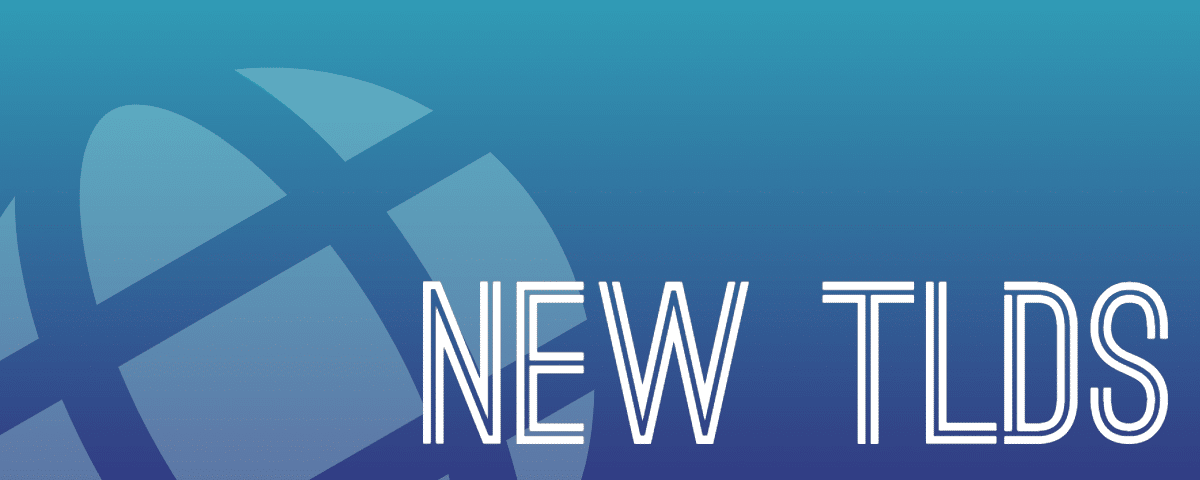They’re coming. Eventually.

In 2009, I attended a SedoPro event in Key West, Florida. We talked a bit about the imminent arrival of new top level domain names on one of the panels. Antony Van Couvering, who founded new TLD company Minds + Machines, lamented that he had been working on new TLDs since the early aughts.
It would be another couple of years after that discussion before Van Couvering and other companies could apply for the domains, and still another couple before they saw the light of day.
So here we are again, chattering about another round of new top level domains. We’re nudging forward to the next round, even if it’s still going to be a while. Expect a bit of progress at next month’s virtual ICANN 73 meeting.
The Prep Week Schedule (ICANN Registration & sign-in required to view) has a session commemorating the 10th anniversary (yes, ten) of the New gTLD Program, hosted by the Registries Stakeholder Group on February 23.
The upcoming meeting will likely include news about the development of subsequent procedures for the next round of new TLD applications. Referred to as “SubPro,” the project to improve the Applicant Guidebook, evaluation process, and rules for the next round has been going on since 2016. It is now in the Operational Design Phase, where ICANN will assess how to implement the recommendations from the SubPro final report.
Those recommendations are not revolutionary. The recommendations from the report mainly emphasize predictability and transparency in the planning of subsequent application rounds. Private and ICANN-run auctions among applicants for the same string, a bone of contention for some, are still going to be allowed.
One notable recommended improvement is the pre-evaluation of Registry Service Providers (RSP), which are the technical and operational backend providers for domain registries. In the 2012 round, portfolio applicants like Donuts had to submit documentation dozens of times for identical technical evaluations, one for each TLD they applied for. The pre-evaluation process would allow them to go through the process once. It would also let applicants avoid their own technical evaluation by using a pre-approved RSP.
We are likely in for more years of “hurry up and wait” for the next round of TLDs. But it might be time for those interested in applying for a new TLD to start paying attention as ICANN works on its plans for the next round.
In the meantime, I need to start thinking about what to call the “old” new TLDs when the new ones arrive.





